
backlog for QA teams
Manage tasks and code under one platform to test and release your best software yet.
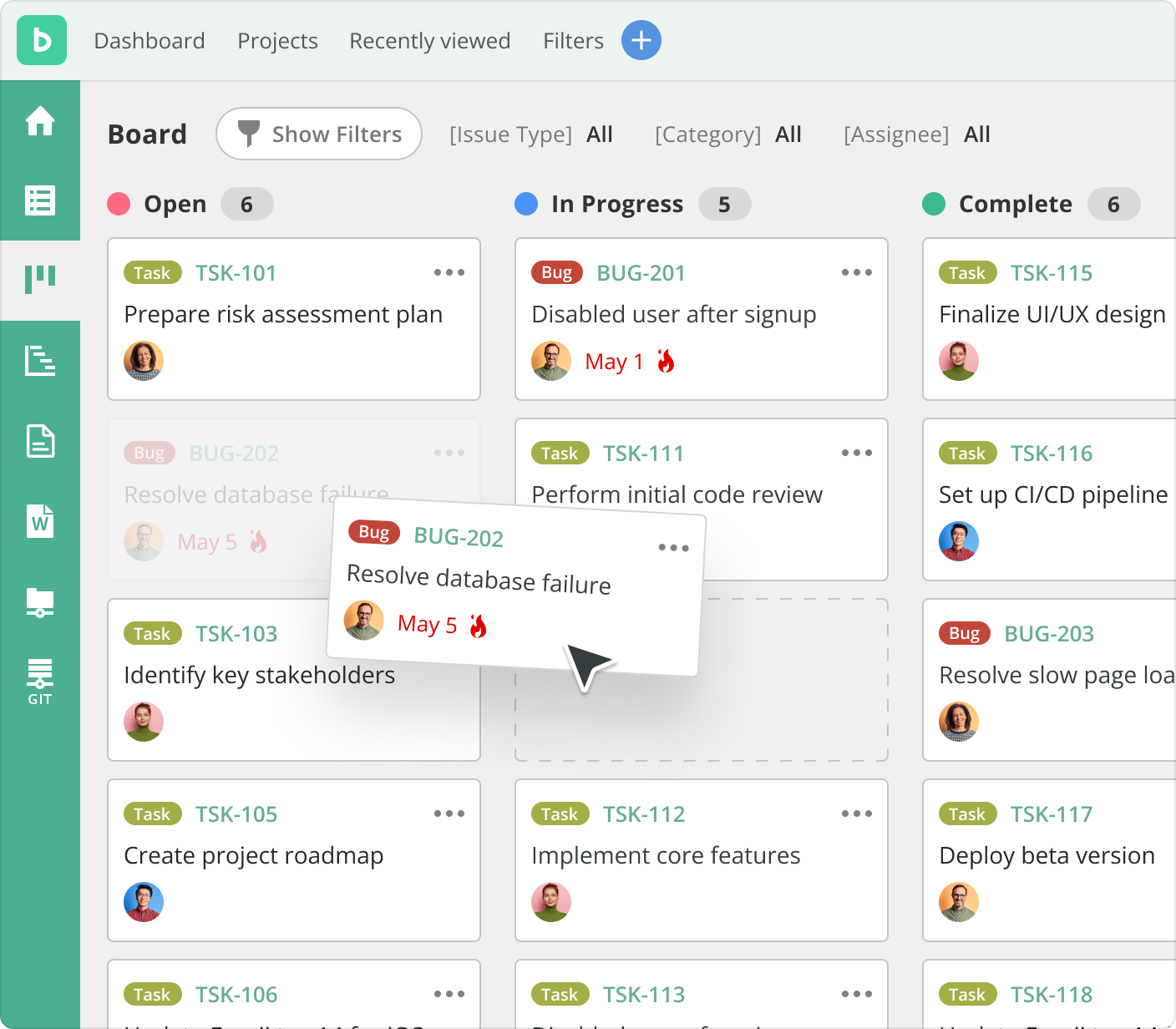
Everything you need for testing
Manage all of your tasks, files, and code in one place.

Easily review code issues
Inline comments and the difference viewer make it easy to spot problems.
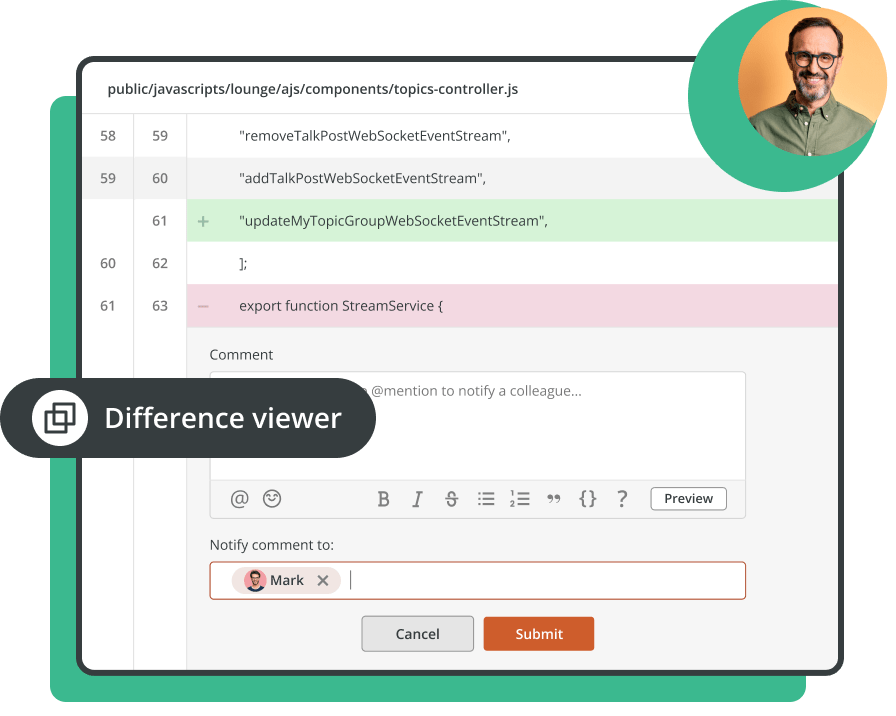
Track bugs alongside tests
Capture and track bugs to improve your software over time.
Wikis for every project
Document important processes for each project and track changes over time.
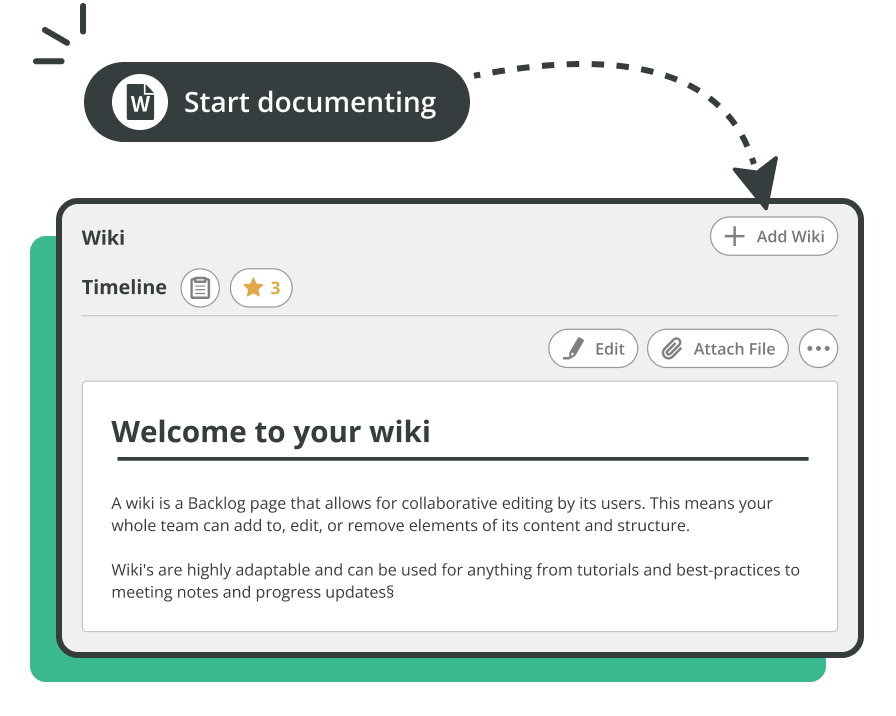
cacoo for QA teams
Cacoo makes it easy to plan, test, and refine ideas visually with diagrams like flowcharts, process diagrams, workflow diagrams, and more.
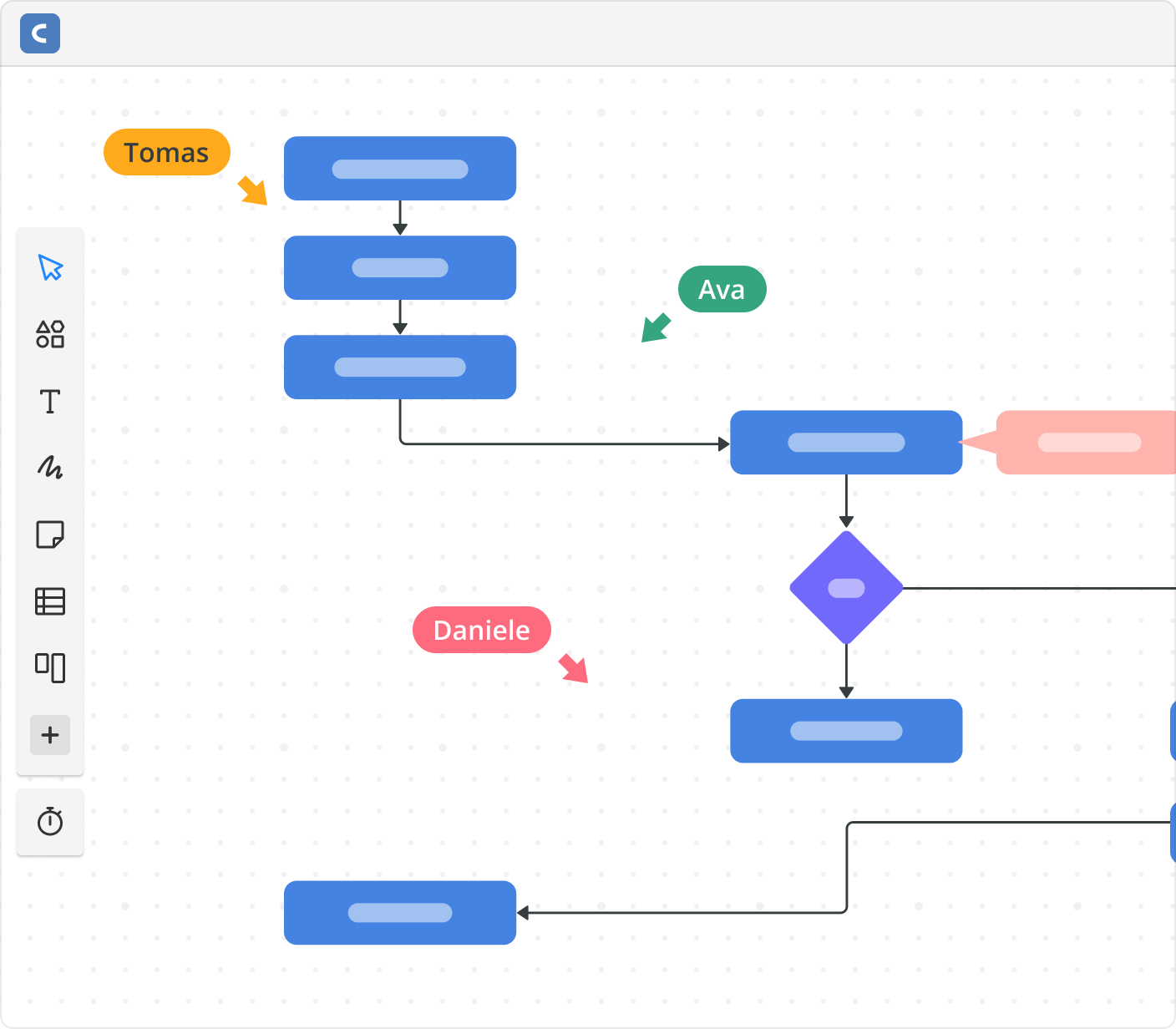
Collaborate on processes
Use comments and sticky notes to verify testing procedures and workflows.
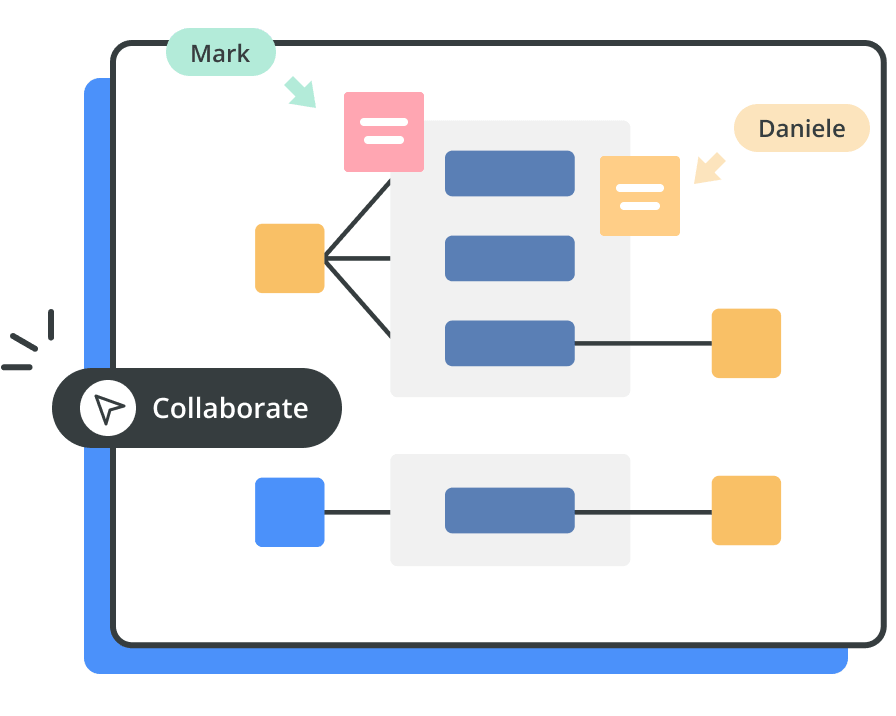
Share workflows with the team
With various exporting options, embedding, and presentation mode, you can share crucial processes and workflows with anyone.
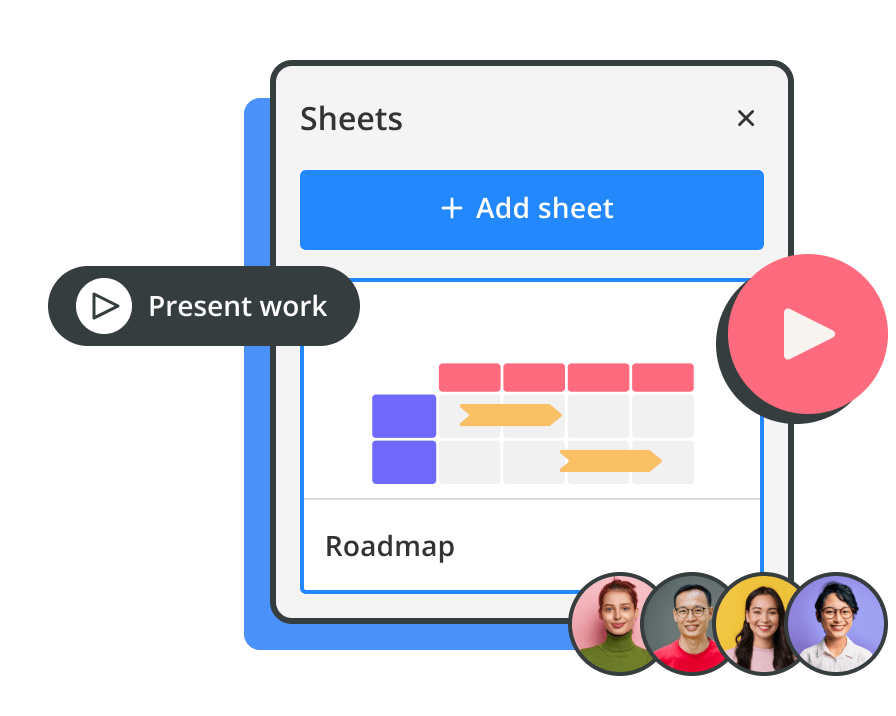
Visualize progress
Get a bird's eye view of projects, keep track of tasks, and easily adapt to changes with the dynamic Kanban tool.
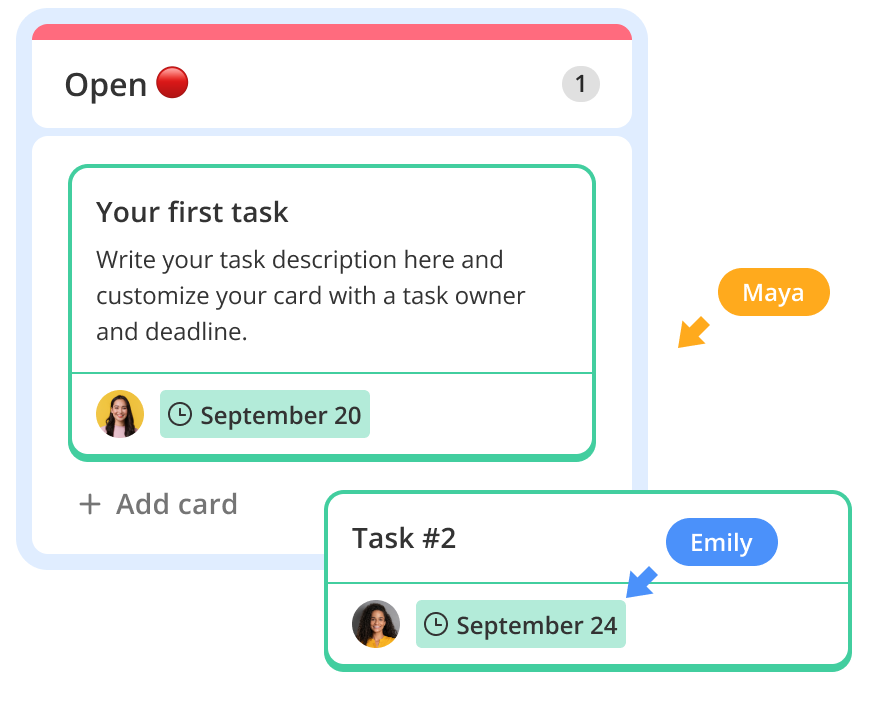
Discuss testing issues and failures with comments, chat, and video chat.
Add images, tables, and dynamic charts to share your results.
Create unlimited shared folders, each with its own members and permissions.
4 MILLION PEOPLE USE NULAB PRODUCTS WORLDWIDE TO BRING THEIR IDEAS TO LIFE




